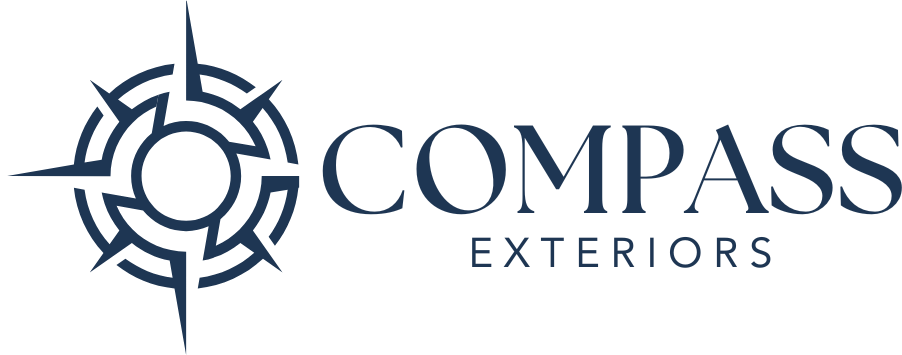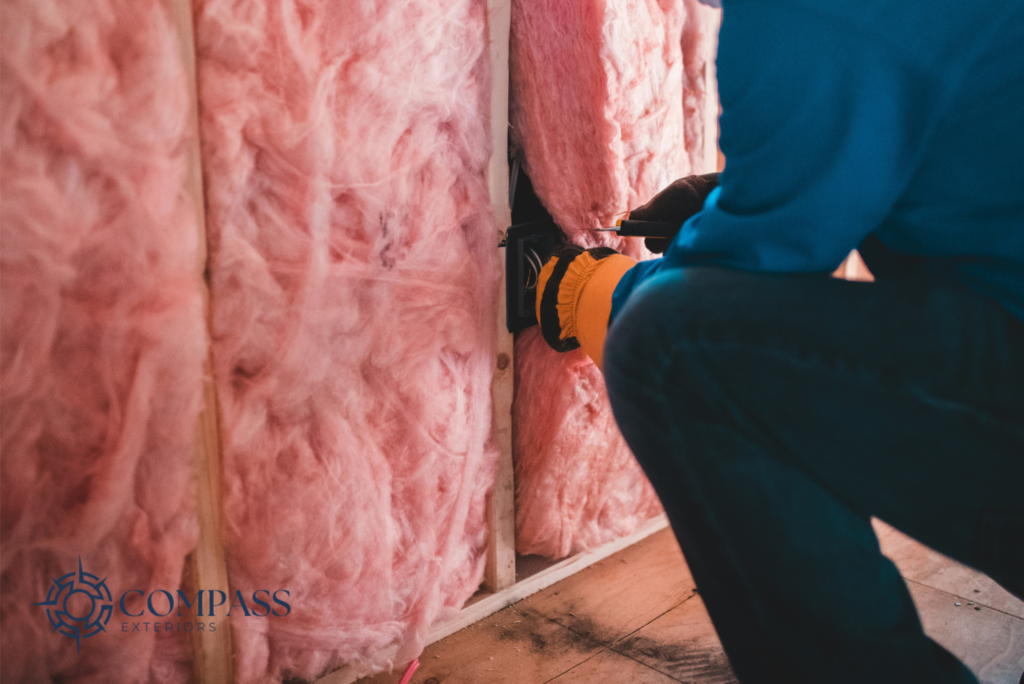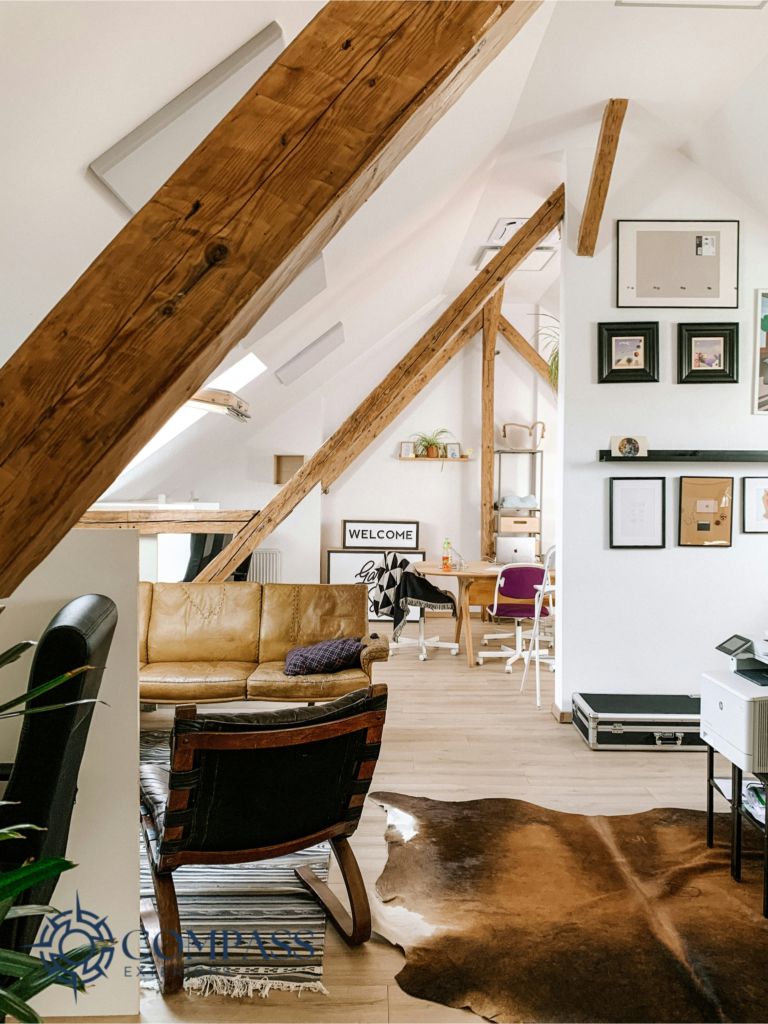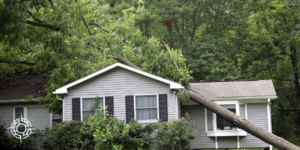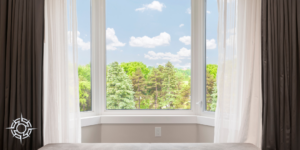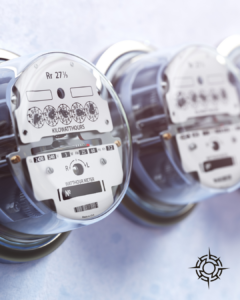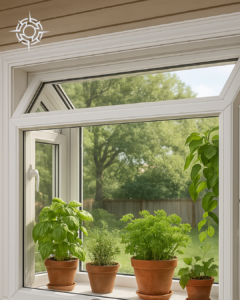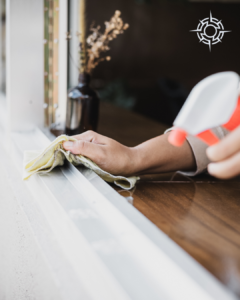Maximizing Comfort and Efficiency in Minnesota Homes
In the heart of Minnesota, where the climate swings from bitterly cold winters to warm, humid summers, effective attic and roof insulation isn’t just beneficial—it’s essential. Proper insulation acts as a barrier, keeping heat inside during the winter and outside during the summer, directly contributing to a home’s overall energy efficiency and comfort. This temperature regulation not only makes living spaces more comfortable but also reduces the energy required for heating and cooling, leading to significant cost savings.
However, Minnesota’s weather presents unique challenges for attic and roof insulation. The extreme cold can lead to ice dam formation if attics are not properly insulated and ventilated, while the summer humidity demands insulation that can also manage moisture levels, preventing mold and mildew growth. Addressing these challenges head-on with the right insulation strategies is key to maintaining a comfortable, efficient home in Minnesota’s ever-changing climate.
The Role of Roof Insulation
The role of attic and roof insulation is crucial in maintaining a comfortable home environment. The primary purpose of such insulation is twofold: it not only helps stabilize indoor temperatures throughout the year, making your home warmer in the winter and cooler in the summer, but it also plays a critical role in moisture control. Proper insulation acts as a barrier, reducing the amount of heat that escapes or enters your home and preventing condensation that can lead to mold growth and structural damage.
Effective attic circulation is equally important and is achieved through a combination of soffit vents, slant back vents, and other ventilation strategies. Soffit vents, located under the eaves of the roof, allow fresh, cool air to enter the attic. This air then pushes warm, moist air upward and out through slant back vents or other types of exhaust vents at the top of the attic. This continuous flow of air helps to keep the attic temperature closer to the outside temperature, reducing the risk of ice dams in winter and excessive heat in summer. Together, insulation and ventilation work hand in hand to enhance your home’s energy efficiency, protect against moisture-related issues, and ensure a comfortable living environment, regardless of the season.
In Minnesota, the type of roof you have plays a big role in determining your insulation needs. Traditional pitched roofs with shingles, metal roofs, and flat roofs each have unique characteristics that affect how they should be insulated.
Pitched Roofs with Shingles
These are the most common types of roofs on Minnesota homes. They usually require standard insulation methods, such as using batts or rolls that fit between the rafters or blown-in insulation that provides a thick layer across the attic floor. The goal is to maintain a uniform layer of insulation that prevents heat loss.
Metal Roofs
Metal roofs are becoming more popular due to their durability and longevity. However, they conduct heat and cold more than shingled roofs, making proper insulation crucial. Spray foam insulation is often recommended for metal roofs because it can adhere to the underside of the roof, creating a tight seal that prevents thermal bridging—a process where heat bypasses traditional insulation through the building materials.
Flat Roofs
Flat roofs pose unique challenges for insulation because water can easily pool on them, leading to potential leaks. For these roofs, rigid foam insulation is often used on the roof’s exterior under a waterproof layer. This setup not only insulates but also helps water drain off the roof, reducing the risk of water damage.
For each roof type, the insulation’s R-value—a measure of its ability to resist heat flow—is key to choosing the right material. Higher R-values mean better insulation, but the choice of material also needs to balance factors like cost, installation complexity, and specific climate challenges in Minnesota.
Comparing Roof Insulation Types
When it comes to choosing the right insulation for your Minnesota home, there are several options to consider, each with its own set of benefits and challenges. Here’s a breakdown of the most common types of roof insulation and how they stack up in terms of R-value, ease of installation, affordability, and specific use cases.
Spray Foam Insulation
Known for its excellent thermal resistance, spray foam provides a high R-value per inch, making it a great choice for spaces with limited room for insulation. It’s versatile enough for attic rafters and hard-to-reach areas, sealing leaks and drafts effectively. However, it tends to be more expensive and requires professional installation.
Blown-In Insulation
This type is popular for its ease of installation, especially in attics with irregular shapes and obstructions. Made from fiberglass or cellulose, blown-in insulation can fill nooks and crannies, providing a uniform insulating layer. It’s cost-effective and has a moderate R-value, suitable for topping up existing insulation.
Rolled Insulation (Batts and Rolls)
Ideal for DIY projects, this type comes in fiberglass, mineral wool, or cotton. It’s best used in attics and between joists or studs where spaces are standard sizes. While affordable and easy to install, its effectiveness depends on proper installation without gaps.
Foam Boards
Offering high R-values for their thickness, foam boards are effective for both interior and exterior applications. They can be used on flat roofs or attached to attic rafters, providing excellent insulation with minimal space. Installation is straightforward but requires careful sealing at the joints.
Radiant and Vapor Barriers
Although not insulation in the traditional sense, these barriers reflect heat and control moisture, respectively. Radiant barriers are effective in hot climates or summer months, reflecting heat away from the attic. Vapor barriers help prevent moisture accumulation, crucial in Minnesota’s humid climate. Both are usually used in conjunction with other insulation types.
Each insulation type has its place depending on your roof type, budget, and specific needs. Whether you’re retrofitting an older home or building anew, understanding these options can guide you to the best choice for keeping your home comfortable and energy-efficient.
Properly installing insulation in your attic and roof is crucial for maximizing energy efficiency and ensuring your home remains comfortable throughout the year. Here are the key areas where insulation should be installed and some common mistakes to avoid:
Key Areas for Insulation:
- Attic Floor: This is the most critical area to insulate, especially in homes where the attic is not used as a living space. Insulating here helps keep the living areas below warm in winter and cool in summer.
- Rafters and Roof Decks: Insulating between the rafters or along the roof deck can be beneficial for homes with finished attics or where a “hot roof” approach is used. It prevents heat transfer through the roof, making the attic space more usable.
- Access Points: Don’t forget to insulate the attic hatch or door. Even if your attic is well insulated, heat can escape through these areas if they’re not properly sealed.
Best Practices for Installation:
- Ensure Proper Ventilation: Even with insulation, attics need good ventilation to remove excess heat and moisture. Make sure soffit vents and ridge vents are not blocked by insulation.
- Seal Air Leaks: Before adding insulation, seal gaps around light fixtures, pipes, and other penetrations with foam or caulk to prevent warm air from escaping.
- Choose the Right R-Value: Select insulation with the appropriate R-value for Minnesota’s climate. Higher R-values provide better insulation but consult local building codes for specific requirements.
- Consider Professional Installation: While some insulation types are DIY-friendly, professional installation ensures optimal performance and adherence to building codes, especially for complex options like spray foam.
By focusing on these areas and avoiding common pitfalls, you can ensure that your attic and roof insulation is effective and durable. Remember, proper installation is just as important as choosing the right type of insulation for your Minnesota home.
Understanding and Implementing Hot Roofs
A “hot roof” is a type of roof insulation strategy that is gaining attention, especially in climates like Minnesota’s, where managing snow and preventing ice dams is crucial. Unlike traditional vented attic spaces, a hot roof design involves applying insulation directly to the underside of the roof deck, effectively turning the attic into a conditioned space that is similar in temperature to the rest of the house. This section explores the concept, its legality in Minnesota, and its potential benefits and drawbacks.
Legality and Regulations in Minnesota: Before considering a hot roof for your home, it’s important to check local building codes. In Minnesota, hot roofs are generally permitted, but specific requirements may vary by municipality. It’s crucial to obtain the necessary permits and ensure that your installation complies with state regulations, including fire safety and insulation R-value standards.
Benefits of Hot Roofs
- Improved Energy Efficiency: By insulating the roof deck, hot roofs minimize heat loss, keeping your home warmer in the winter and cooler in the summer.
- Reduced Ice Dams: A consistent attic temperature helps prevent the formation of ice dams, which are common in Minnesota winters.
- Additional Living Space: Converting your attic into a conditioned space can provide extra room for storage or living areas.
Drawbacks
- Cost: The installation of a hot roof can be more expensive than traditional insulation methods, due to the materials and labor involved.
- Limited Roof Ventilation: While the design reduces ice dams, the lack of ventilation can potentially lead to moisture issues if not properly managed with vapor barriers and air sealing.
For homeowners in Minnesota considering a hot roof, it’s essential to weigh these factors carefully. Consulting with a professional can help determine if this approach is right for your home, ensuring that it meets both your needs and local building codes.
Practical Considerations for Minnesota Homeowners
Choosing the right insulation for your attic or roof in Minnesota involves navigating various factors beyond just material types and installation methods. Here are some practical considerations to help homeowners make informed decisions about their insulation projects.
Deciding on Insulation Type and Amount
- Assess Your Home’s Needs: Consider the age of your home, existing insulation levels, and any specific problem areas, such as ice dams or noticeable drafts. An energy audit can provide detailed insights.
- R-Value Requirements: Minnesota’s climate demands high R-values to effectively combat the cold. Refer to local building codes for minimum requirements and consider exceeding them for added efficiency.
Recognizing Signs of Insufficient Insulation
- Temperature Fluctuations: Rooms that are significantly colder in winter or hotter in summer than others may indicate inadequate insulation.
- High Energy Bills: An unexpected increase in heating or cooling costs often points to heat loss due to poor insulation.
- Ice Dams and Icicles: These winter phenomena suggest heat is escaping through the roof, melting snow that refreezes at the eaves.
Impact on Home Energy Costs
- Long-term Savings: Proper insulation reduces the need for heating and cooling, leading to significant savings on energy bills over time.
- Investment vs. Return: While upgrading insulation requires upfront costs, the long-term energy savings and increased home comfort can justify the investment.
Considering these practical aspects will guide Minnesota homeowners toward making choices that enhance their home’s energy efficiency and comfort, tailored to the unique challenges of their local climate. Consulting with insulation professionals can further refine these decisions, ensuring that the chosen insulation strategy meets both current needs and future expectations.
Enhancing Home Comfort and Efficiency
For Minnesota homeowners, investing in the right attic and roof insulation is more than just a home improvement project; it’s a step towards achieving year-round comfort, energy efficiency, and cost savings. The key lies in understanding the unique requirements of your home, the climate, and the available insulation options. Whether it’s selecting the right material, understanding the significance of R-values, or considering innovative solutions like hot roofs, every decision plays a crucial role in enhancing your home’s living environment.
Remember, while DIY projects can be tempting, consulting with professional insulation experts can provide tailored advice and ensure that your insulation is installed correctly, meeting local building codes and maximizing its effectiveness. By taking a thoughtful approach to attic and roof insulation, Minnesota homeowners can enjoy a cozier home, lower energy bills, and the satisfaction of making a smart, long-term investment in their property.
